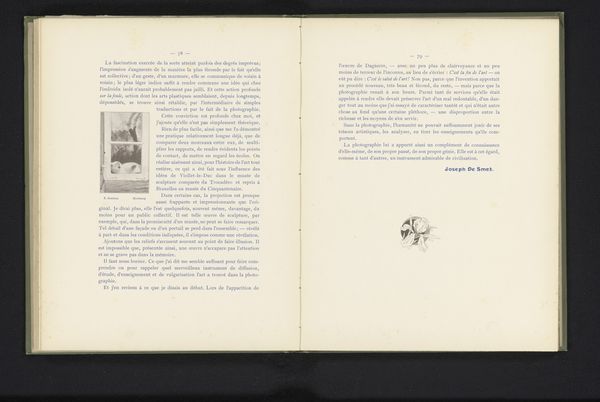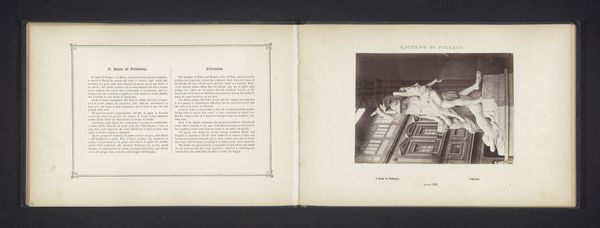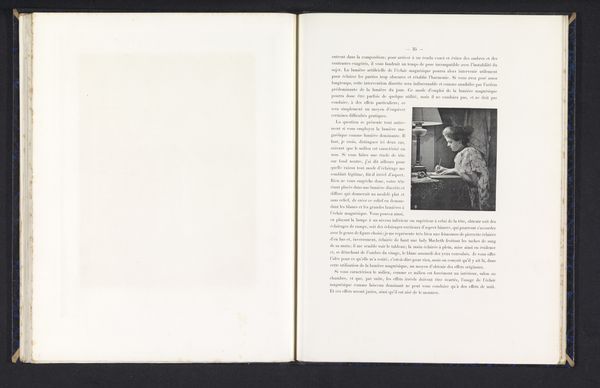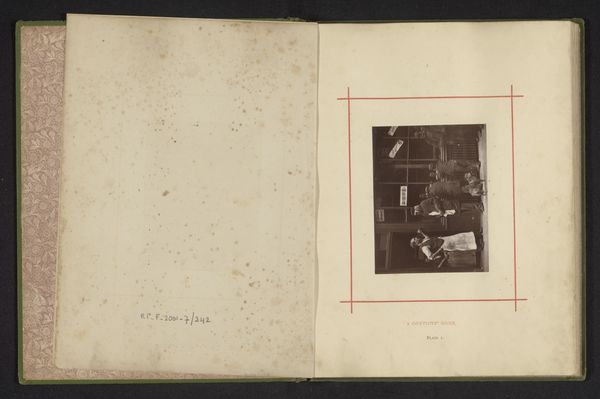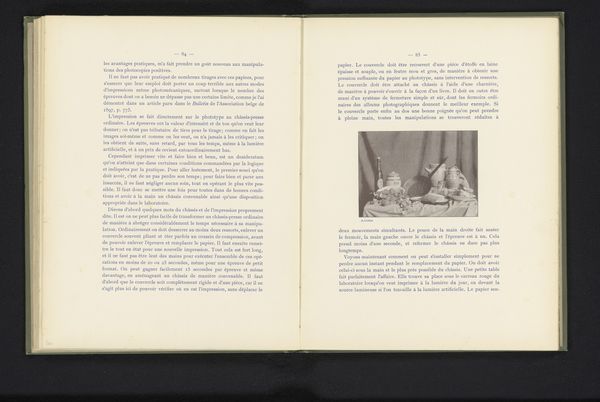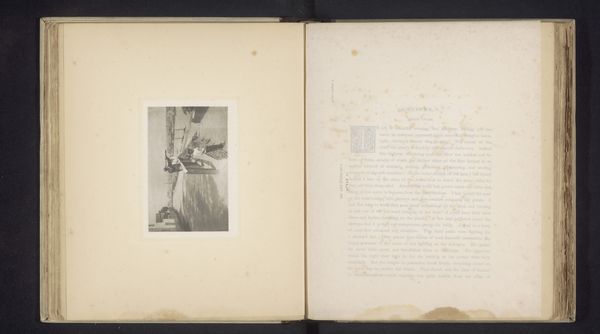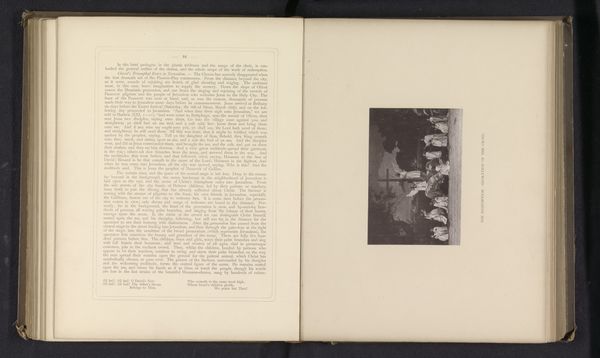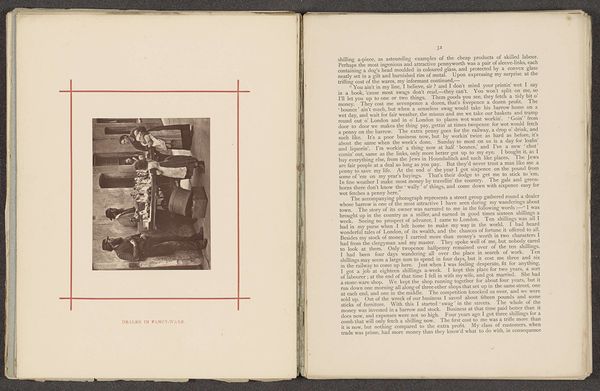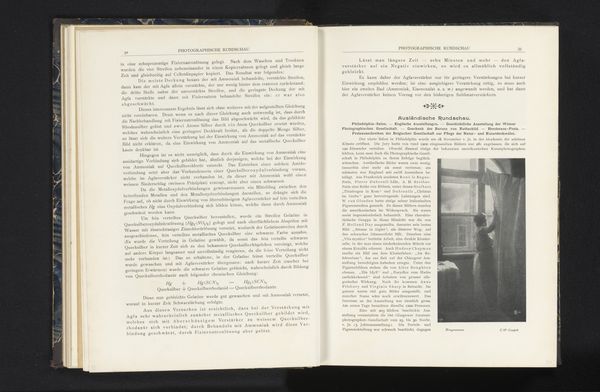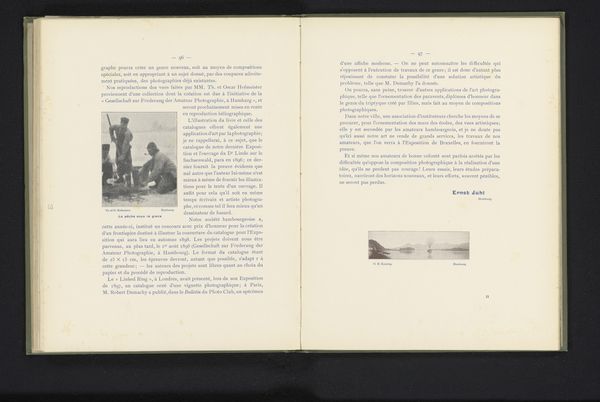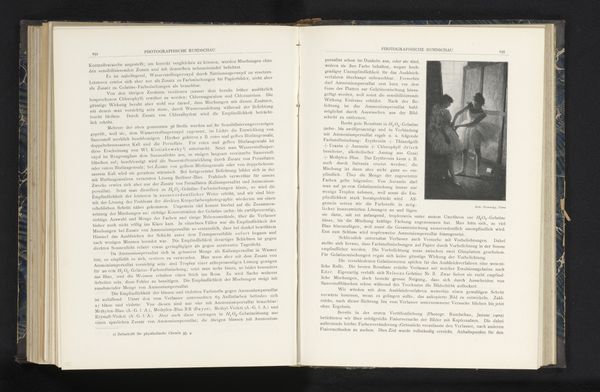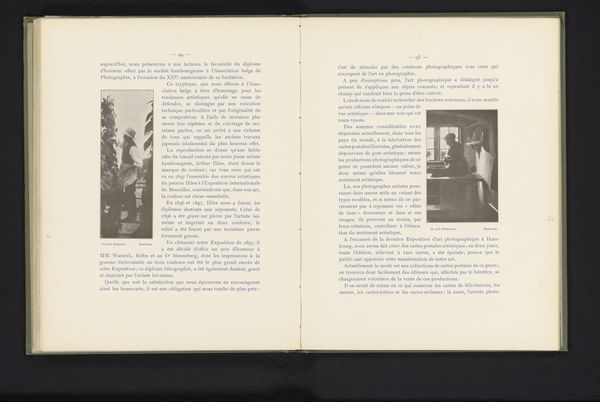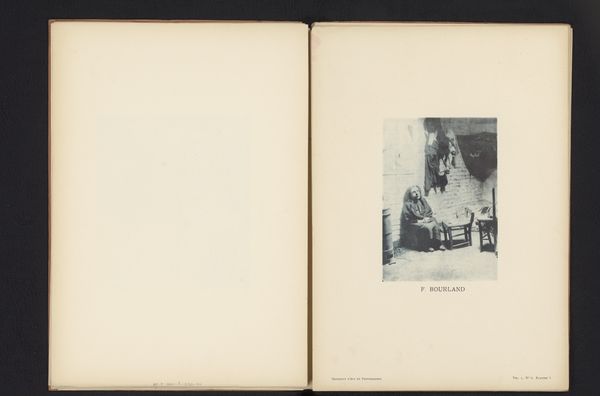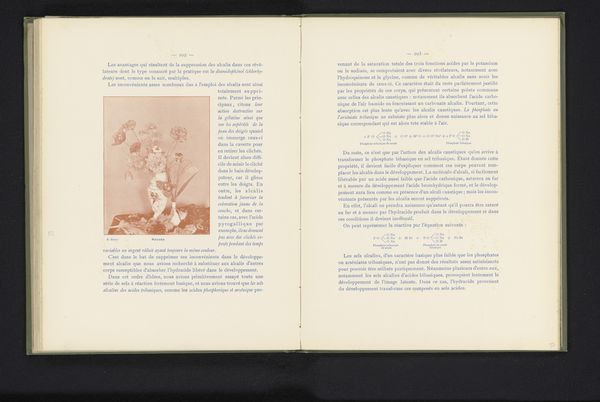
print, photography
#
portrait
# print
#
photography
Dimensions: height 91 mm, width 68 mm
Copyright: Rijks Museum: Open Domain
Curator: Here we have a print, likely from photography, entitled "Portret van Marcel Vanderkindere." We know it existed before 1898. The subject is a seated gentleman in a suit. Editor: He looks…comfortable. Not necessarily at ease, but definitely settled in. The lighting is intriguing—almost theatrical, but maybe that’s just how photography worked then? Curator: This kind of portraiture, mass-produced as prints, reflects a democratizing force in art. The availability of photographic reproductions made representation more accessible to a wider middle class. Instead of wealthy patrons sitting for exclusive paintings, ordinary individuals could obtain affordable likenesses. Editor: You know, I wonder about the material he's interacting with there on his desk. It's positioned at the edge of legibility. The print offers enough clues to let me almost grasp what is happening within the pictured space—like remembering a forgotten tune and missing the final note. Curator: The material aspect of such prints is key. Photography transformed how we reproduced and shared imagery; here, that photo itself becomes the subject. Moreover, the support structure itself, in this case the open pages and printing format, is a reminder of materiality and method of image reproduction. The means of mass distribution were radically reshaped in the industrial era. Editor: It also captures a moment, a now-lost fragment of someone's real world—he's in a particular suit, seated, frozen there with that mysterious object on his desk! It's strangely moving, the way print can pull something into tangible form, however ghostly. And now we have another material iteration, this recorded audio dialogue. I like how materials gather resonances over time, carrying history on them. Curator: Indeed. Understanding the layered materials--the man's suit, the paper stock of the photo-print, the desk object--gives deeper insights into that historical period and its changing relationship to image-making and social life. Editor: Well, now when I see it, I'll feel both his sense of cozy comfort, as well as appreciate how materials communicate to us across time.
Comments
No comments
Be the first to comment and join the conversation on the ultimate creative platform.
